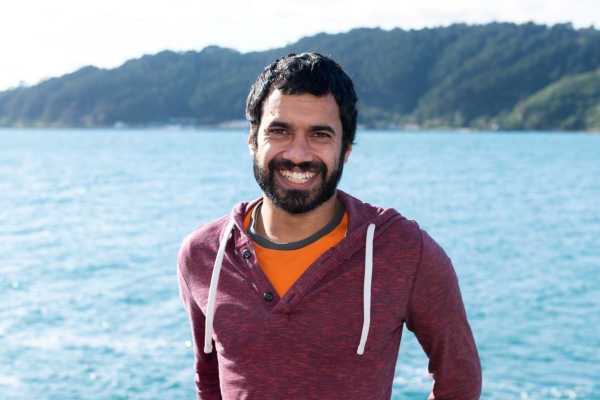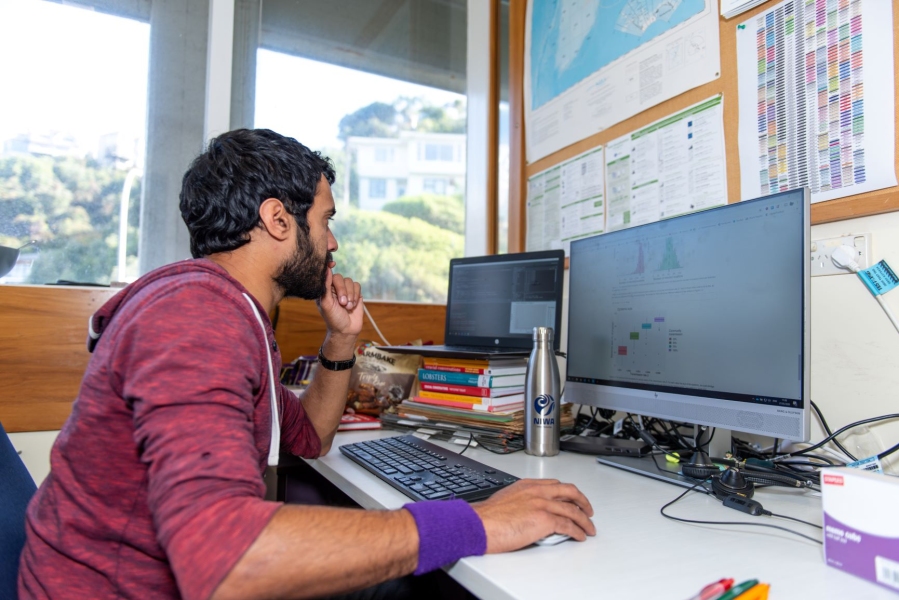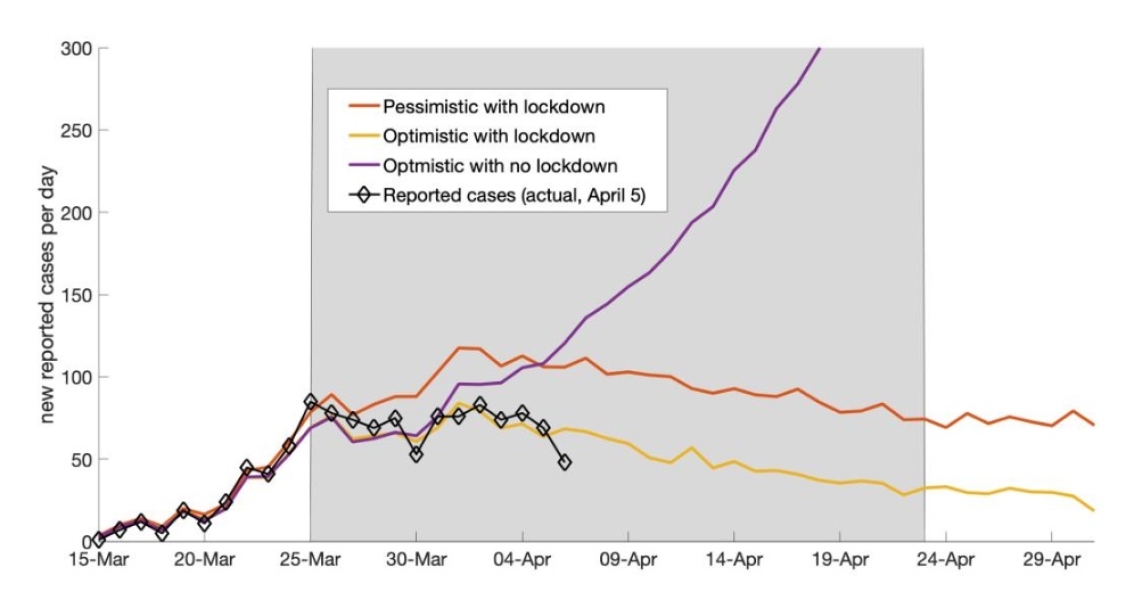A background in epidemiology comes in handy these days. Just ask NIWA population modeller Samik Datta. He's one of half a dozen independent experts involved in peer reviewing New Zealand's modelling of COVID-19.
Shortly after the global pandemic kicked off, Samik was contacted by Otago University epidemiologist and statistician Matt Parry and invited to sit on an internal review panel looking at modelling of COVID-19 spread in New Zealand by researchers from Centre of Research Excellence Te Pūnaha Matatini. Led by Professor Shaun Hendy, the Te Pūnaha Matatini research group has been active in advising the Government on COVID-19.
Before Samik came to work at NIWA he spent five and a half years as a post-doctoral researcher in the epidemiological modelling group (SBIDER) at the University of Warwick. His focus was on spatio-temporal modelling of epidemics, as well as human epidemiology and vaccination.The work Samik is now helping to review amounts to 'what-if' scenarios. Examples include varying the case isolation time (the period of time between COVID-19 symptoms showing and the individual being isolated), and the value of the basic reproductive number (the expected number of new cases resulting from an individual being infected) assigned to the four different threat levels in New Zealand. Parameters such as these have a large impact on the dynamics of the epidemic and can make the difference between elimination of the infection and a large sustained epidemic wave.
COVID-19 models developed by the Te Pūnaha Matatini researchers tend to be stochastic, says Samik. This means they use probabilities rather than exact numbers. Models like these are useful because they can be run many times to see best-case, worst-case and most-likely scenarios of potential COVID-19 spread.
"We get sent a draft paper, which sets out the point of their COVID-19 modelling and goes through their methods and results. You see the number of cases or number of hospitalisations go up or down over time depending on what parameter values they're putting in or what they think will happen if we go, for example, straight from Level 4 to Level 2," he says.
The review process would be familiar to researchers in any field, although it happens somewhat faster.
"We have a few days to go through a paper, question assumptions and things we like and don't like. Then, we usually get together over a Zoom meeting to talk about what's wrong and what could be improved. Our feedback gets put together by panel Chair Matt Parry and returned to the authors.”
Samik's work at NIWA is with the population modelling group, which involves fisheries, protected and invasive species. He says the tools and techniques used here at NIWA - using data to build models and simulate future scenarios - aren't a million miles away from what's being used by epidemiologists to investigate COVID-19.
For more information: https://www.medrxiv.org/content/10.1101/2020.04.08.20058743v1.full.pdf



